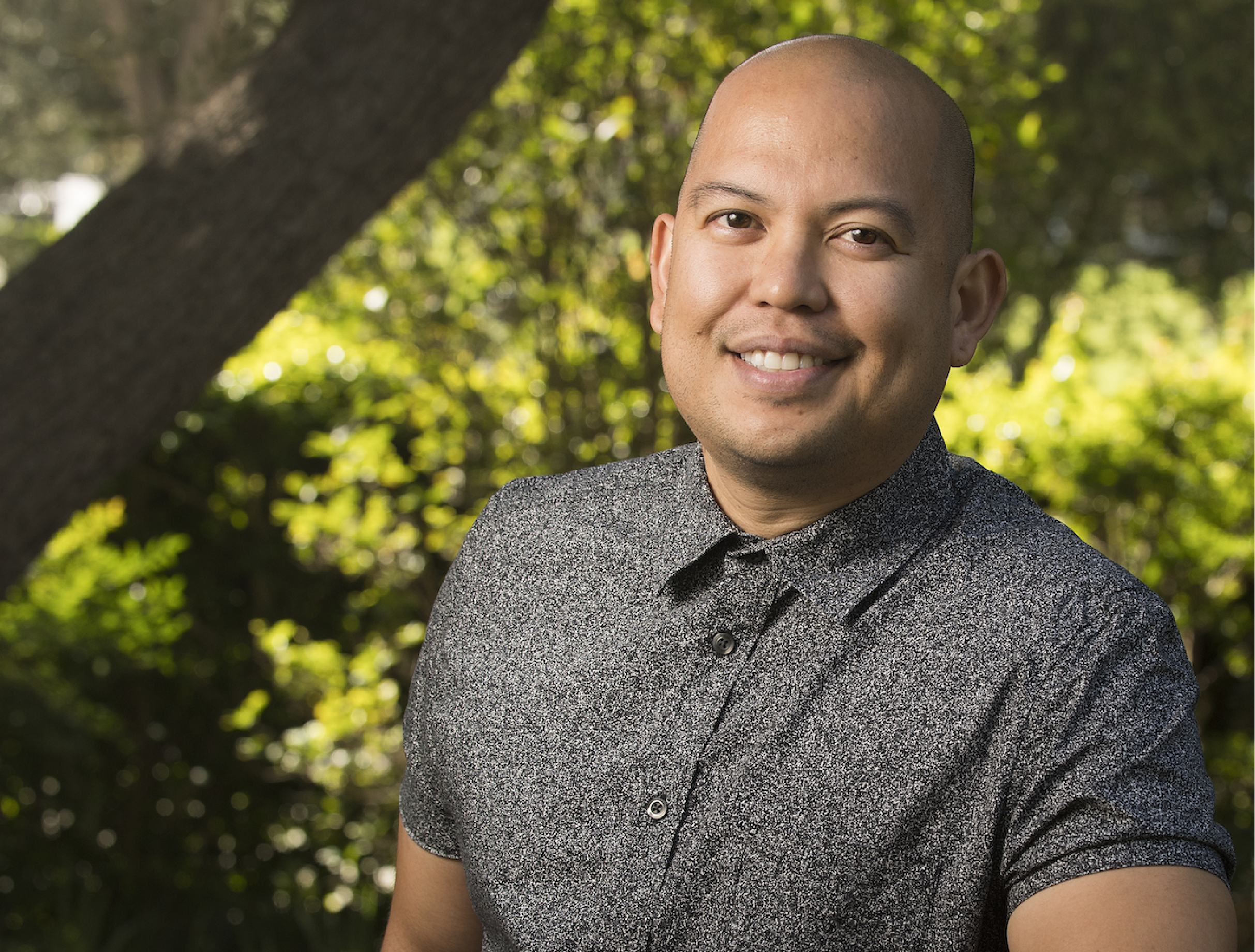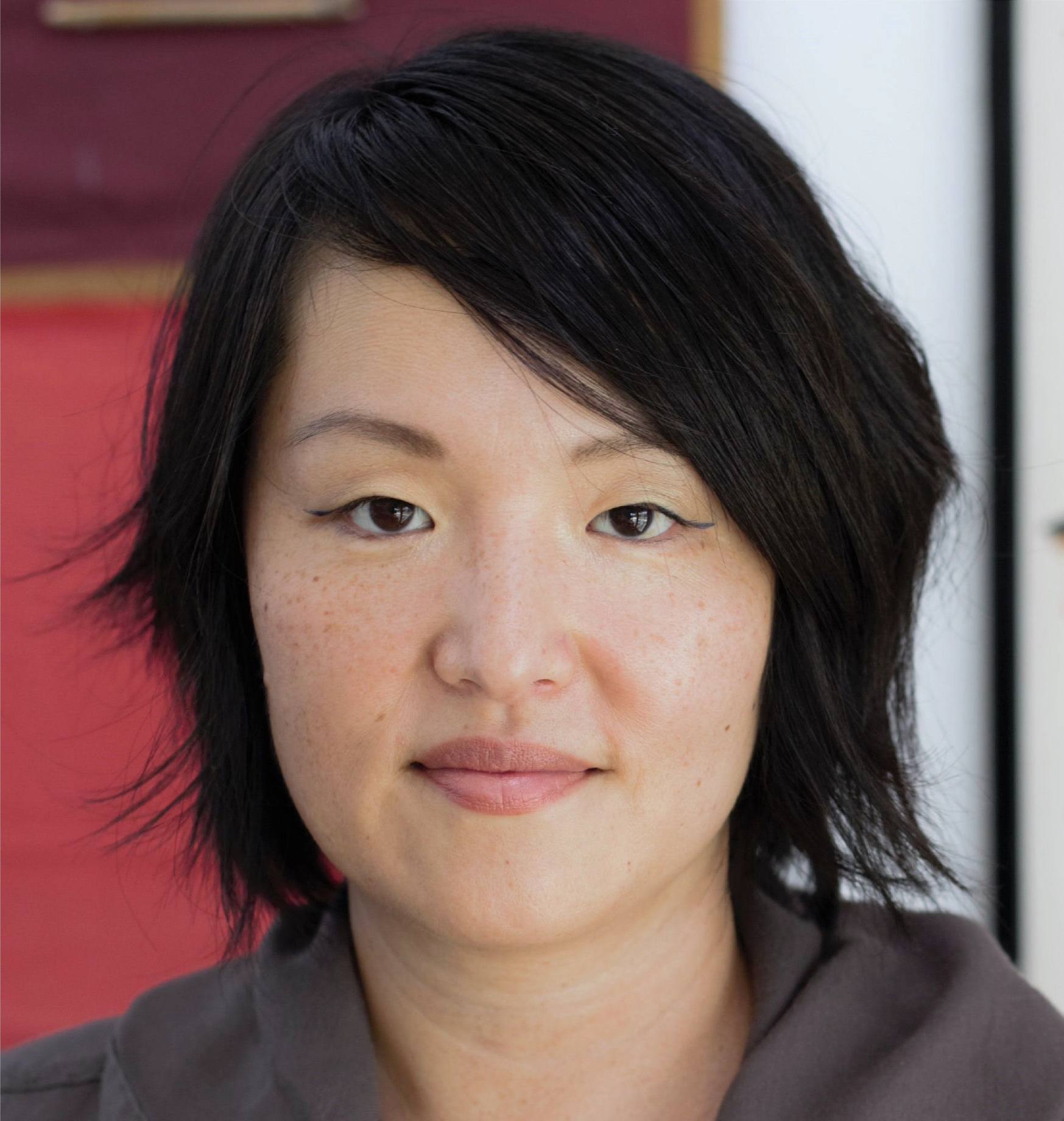Asian Americans in Pop Culture: Past, Present, & Future
Back in April, we had a fun, provocative, and interactive discussion at the agency as we kicked off our Thought Leadership initiative. Our discussion centered around Asian Americans in media and was moderated by Guests: Anthony C. Ocampo, Ph.D. and Nancy Wang Yuen, Ph.D.--two major scholars in the field of Asian American Studies.


One of the themes that emerged was about how Asian Americans can turn moments of progress into movements. We have seen exciting, stereotype shattering moments in media lately, and we are witnessing a few more Asian Americans taking on leadership roles in politics and business. But how do we help propel this momentum so that it has endurance and accelerates even further, rather than being a short blip in time? The responsibility is on all of us to be a part of the Asian American community and drive our mission, presence, leadership, and solidarity forward. We don’t have to always be on the margins, watching other minority groups rally for their causes and having profound impact. We can take up our own space, use our voice, our education, our means, and our power as the most digitally savvy group to consolidate and work toward empowering a social movement. But again, how exactly do we mobilize amidst our vast diversity, 45+ ethnicities, and countless languages?
During the roundtable, we discussed that there are multiple entry points to caring about Asian American issues. It could be about immigration, reverse discrimination for college admissions, the bamboo ceiling in corporate America, narrative plenitude and scarcity of Asians represented in authentic storytelling, persistent cultural stigma around mental health, or hate crimes toward Asians. To date, Asian Americans have arrived at the point of understanding issues and being angry, but have not necessarily been at the point of empowerment to do something tangible. It has always been something to just strive for in the distant future.
First, we need to have individual and collective resolve to formulate our Asian American identity, which means being proactive and driving the conversation of who we are, and who we are not. With this mindset and shared determination, and with the Asian work ethic that we all know, there should be nothing that stops us. Next, whether we are first generation, one and a half generation, or second plus, we must have a sense of empathy and respect toward one another. It isn’t about being proud of losing our accents, getting past being seen as FOB, or climbing to the top through cutthroat competition. Instead, it’s about celebrating each other and actively helping one another. We also need to figure out ways to organize and find symbiosis among all of the skill sets we have to organically make change. Another positive approach is to consciously engage in horizontal mentoring (across industries, across skill functions), to prop each other up and eliminate the bamboo ceiling as much as possible. This is just a starting point. By the end of the Roundtable, there was a sentiment that as Asian Americans, we have a unique DNA, value set, and point of view to be able to serve as a bridge to the East. We can use this to our advantage in our personal and professional lives. We have a voice more than ever. Let’s embrace this challenge, propel one another and build up our new cultural genre!